Cyclohexene on ozonolysis followed by reaction with zinc dust and water gives compound E. Compound E on further treatment with aqueous KOH yields compound F. Compound F is
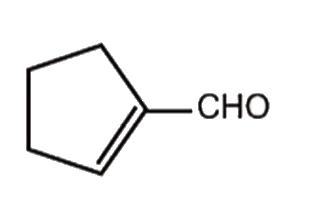
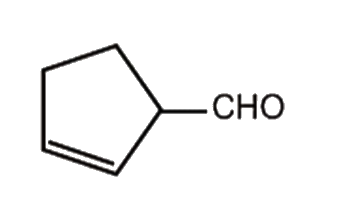
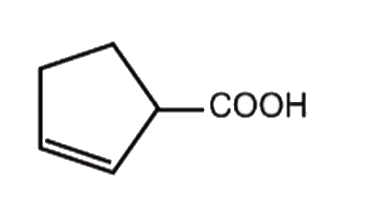
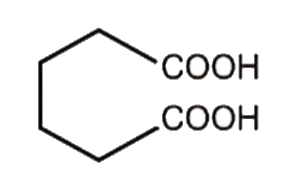
The correct Answer is:A
To solve the problem, we will follow the steps outlined in the video transcript to determine the compounds E and F.
1. Ozonolysis of Cyclohexene:
- Cyclohexene (C6H10) undergoes ozonolysis, which involves the reaction with ozone (O3) to form an ozonide intermediate.
- The ozonide then rearranges and breaks down in the presence of zinc dust and water to yield two carbonyl compounds.
Hint: Remember that ozonolysis cleaves double bonds and forms carbonyl groups.
2. Formation of Compound E:
- The ozonolysis of cyclohexene results in the formation of two molecules of aldehyde or ketone. In this case, it forms 2 molecules of cyclohexanone (C6H10O) or a similar structure.
- Compound E is likely to be a diketone due to the cleavage of the double bond in cyclohexene. The structure of compound E can be represented as:
Compound E: O=C-C-C-C-C=O
- This structure has six carbons and two carbonyl (C=O) groups.
Hint: Look for the number of carbons and the presence of carbonyl groups to identify compound E.
3. Reaction of Compound E with Aqueous KOH:
- When compound E is treated with aqueous KOH, it undergoes aldol condensation. The base (KOH) abstracts an alpha hydrogen from one of the carbonyl groups, leading to the formation of an enolate ion.
- The enolate ion then attacks the carbonyl carbon of the other carbonyl group, leading to the formation of a β-hydroxy ketone.
Hint: Recall that aldol condensation involves the formation of a β-hydroxy compound before dehydration.
4. Dehydration to Form Compound F:
- The β-hydroxy ketone formed undergoes dehydration (loss of water) to form an α,β-unsaturated carbonyl compound.
- The final compound F will have a double bond between the α and β carbons.
Hint: Look for the final product to have a double bond and ensure it maintains the correct number of carbons.
5. Identify Compound F:
- The final structure of compound F will be an α,β-unsaturated carbonyl compound. The structure can be represented as:
Compound F: C=C-C(=O)-C-C
- This structure is consistent with the aldol condensation product and subsequent dehydration.
Hint: Ensure the final product has the correct functional groups and carbon skeleton.
Conclusion:
Based on the steps above, compound F is an α,β-unsaturated carbonyl compound derived from the aldol condensation of the diketone formed from the ozonolysis of cyclohexene.
Final Answer:
Compound F is an α,β-unsaturated carbonyl compound.
- Cyclohexene (C6H10) undergoes ozonolysis, which involves the reaction with ozone (O3) to form an ozonide intermediate.
- The ozonide then rearranges and breaks down in the presence of zinc dust and water to yield two carbonyl compounds.
- The ozonolysis of cyclohexene results in the formation of two molecules of aldehyde or ketone. In this case, it forms 2 molecules of cyclohexanone (C6H10O) or a similar structure.
- Compound E is likely to be a diketone due to the cleavage of the double bond in cyclohexene. The structure of compound E can be represented as:
Compound E: O=C-C-C-C-C=O
- This structure has six carbons and two carbonyl (C=O) groups.
- When compound E is treated with aqueous KOH, it undergoes aldol condensation. The base (KOH) abstracts an alpha hydrogen from one of the carbonyl groups, leading to the formation of an enolate ion.
- The enolate ion then attacks the carbonyl carbon of the other carbonyl group, leading to the formation of a β-hydroxy ketone.
- The β-hydroxy ketone formed undergoes dehydration (loss of water) to form an α,β-unsaturated carbonyl compound.
- The final compound F will have a double bond between the α and β carbons.
- The final structure of compound F will be an α,β-unsaturated carbonyl compound. The structure can be represented as:
Compound F: C=C-C(=O)-C-C
- This structure is consistent with the aldol condensation product and subsequent dehydration.
Based on the steps above, compound F is an α,β-unsaturated carbonyl compound derived from the aldol condensation of the diketone formed from the ozonolysis of cyclohexene.
Compound F is an α,β-unsaturated carbonyl compound.
Similar Questions

The compound E is
View Solution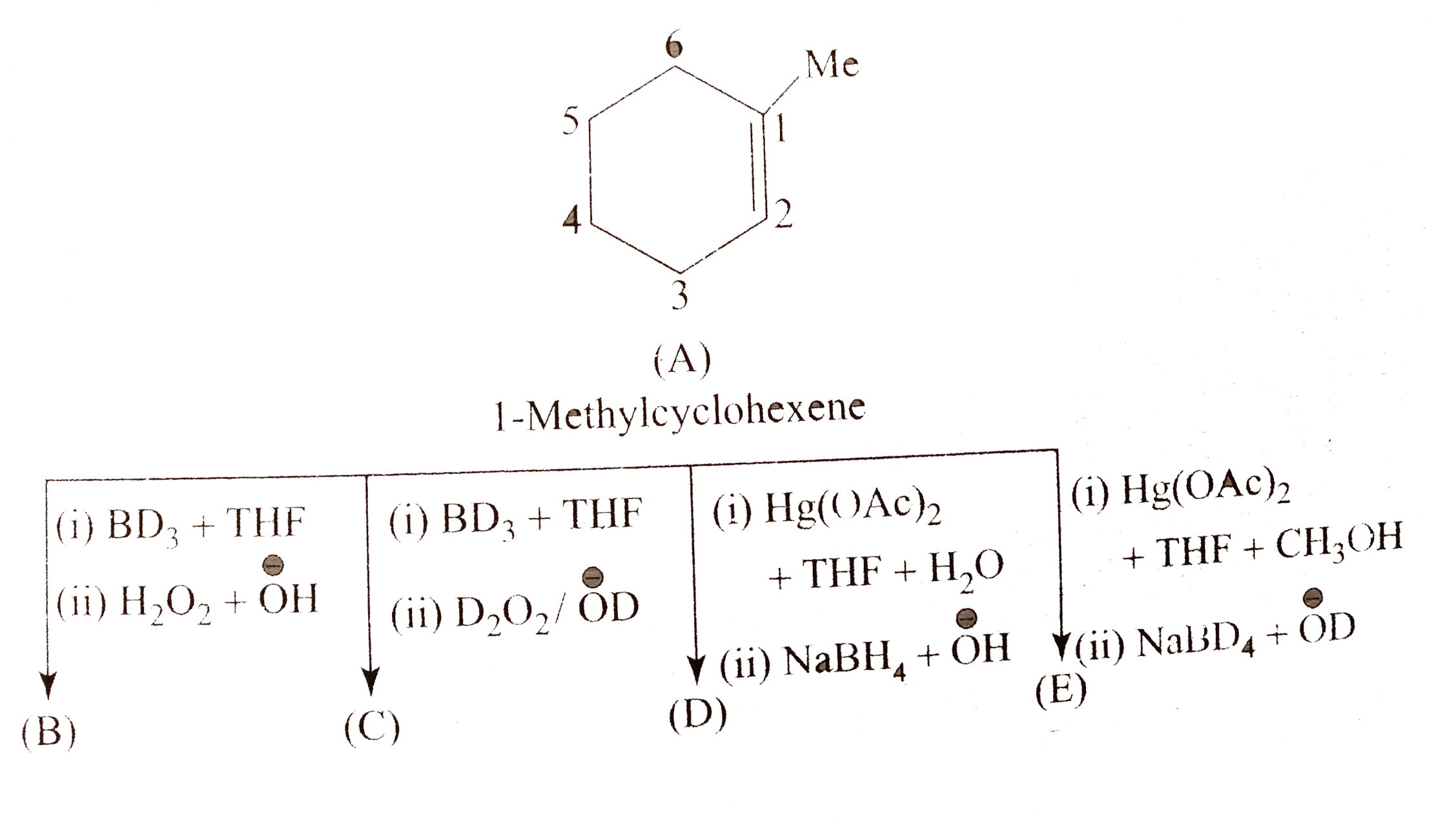
Compound (E) is :
View Solution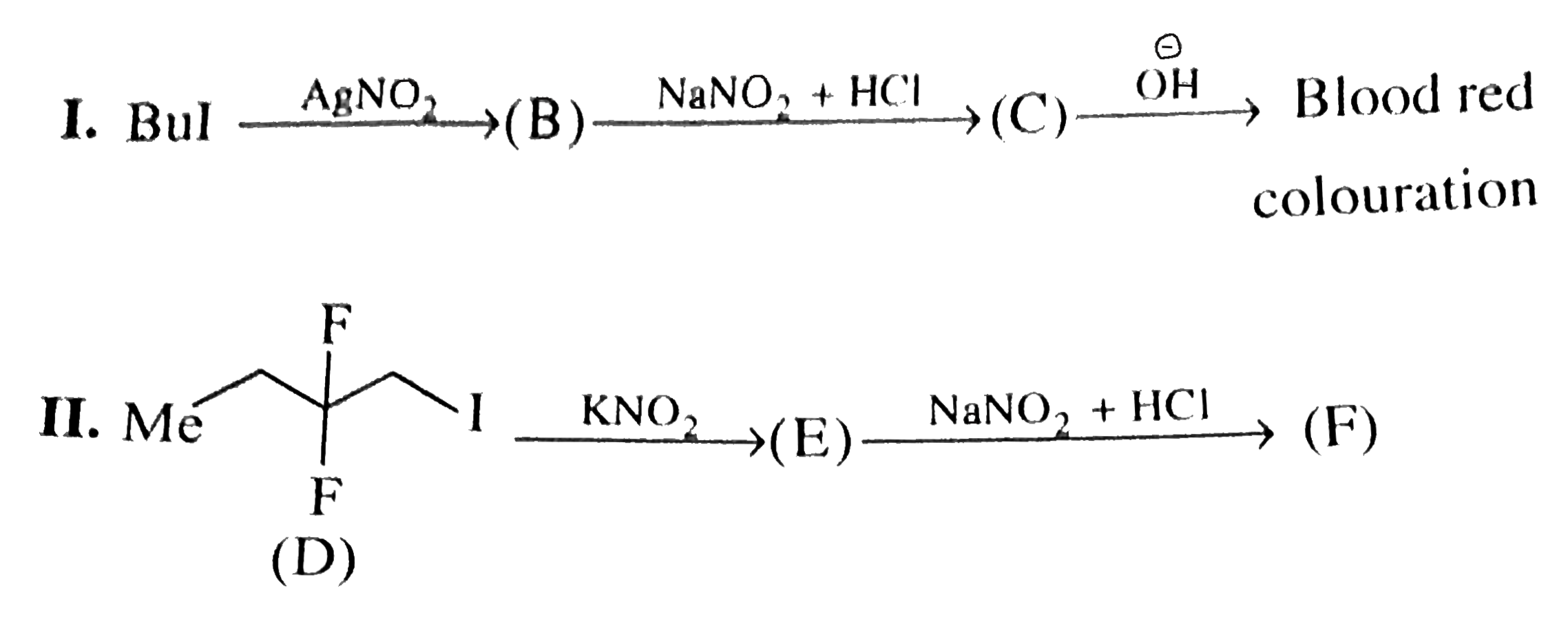
Compound (E) is:
View Solution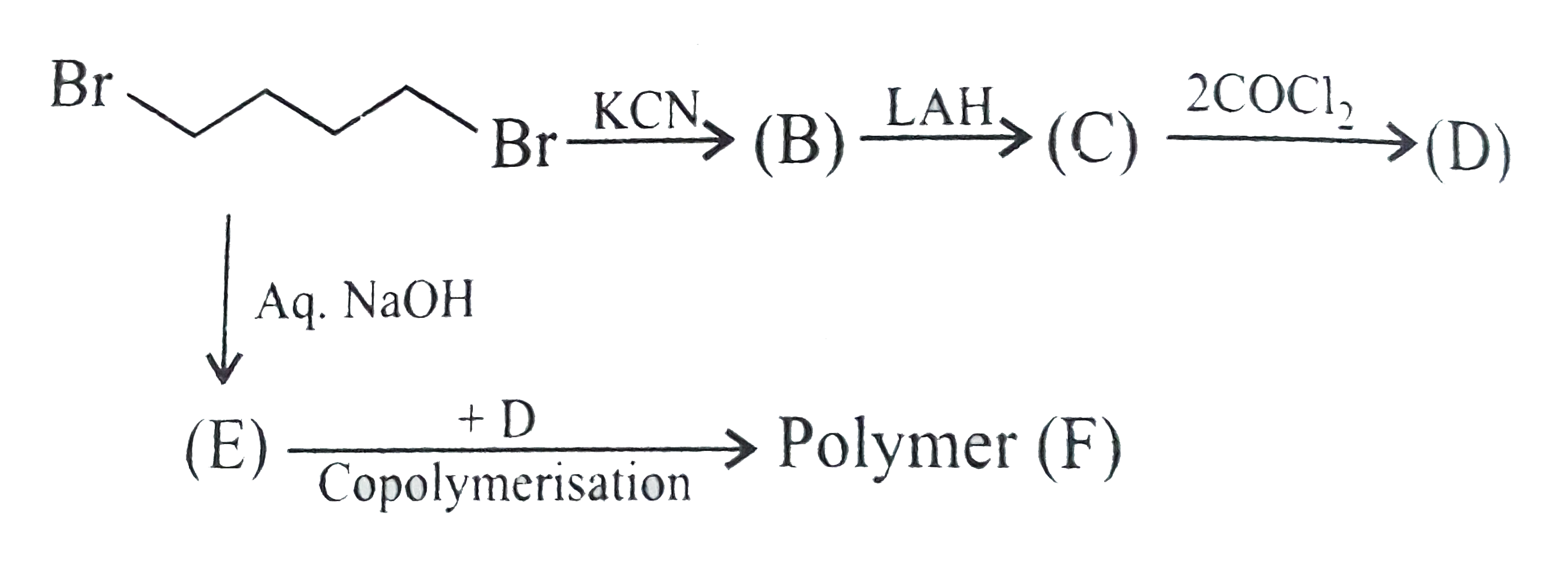
Compound (E)is:
View Solution
Compound (E)is:
View Solution
Compound (E) is :
View Solution
Compound (E ) is:
View Solution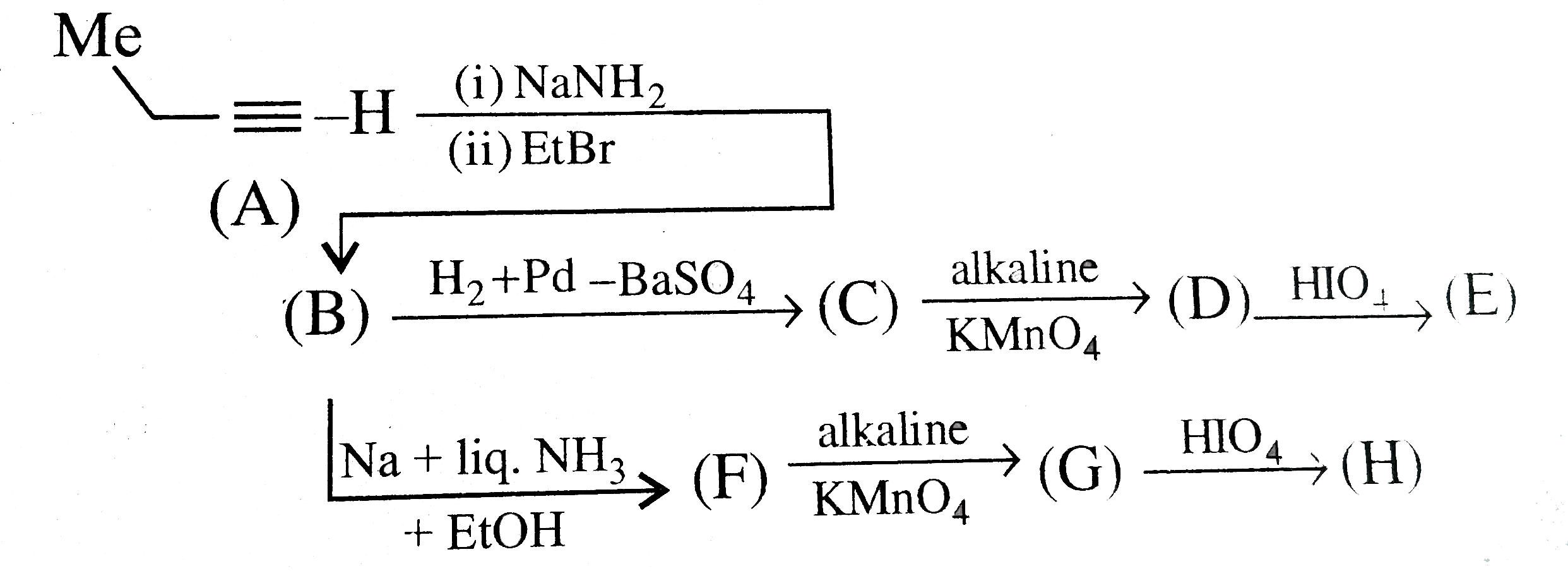
The compound (E) is:
View Solution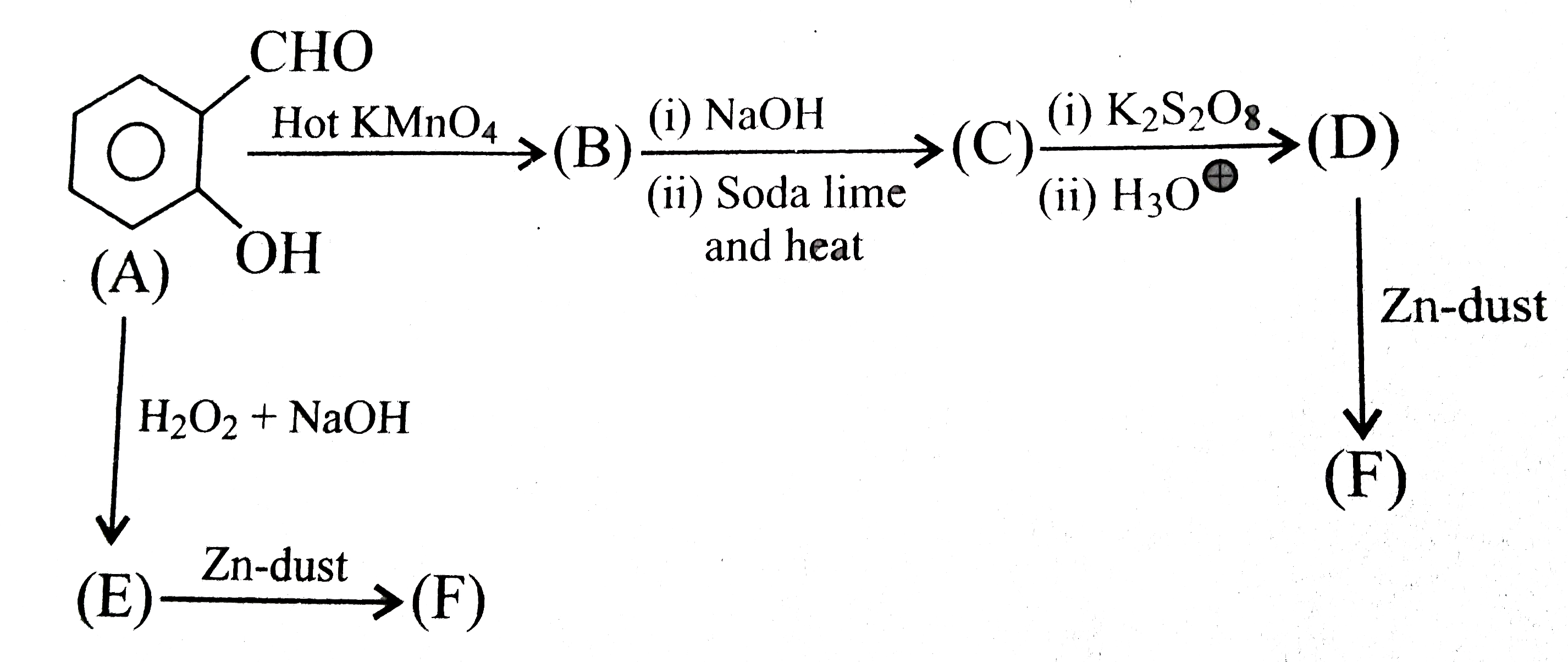
The compound (E) is:
View Solution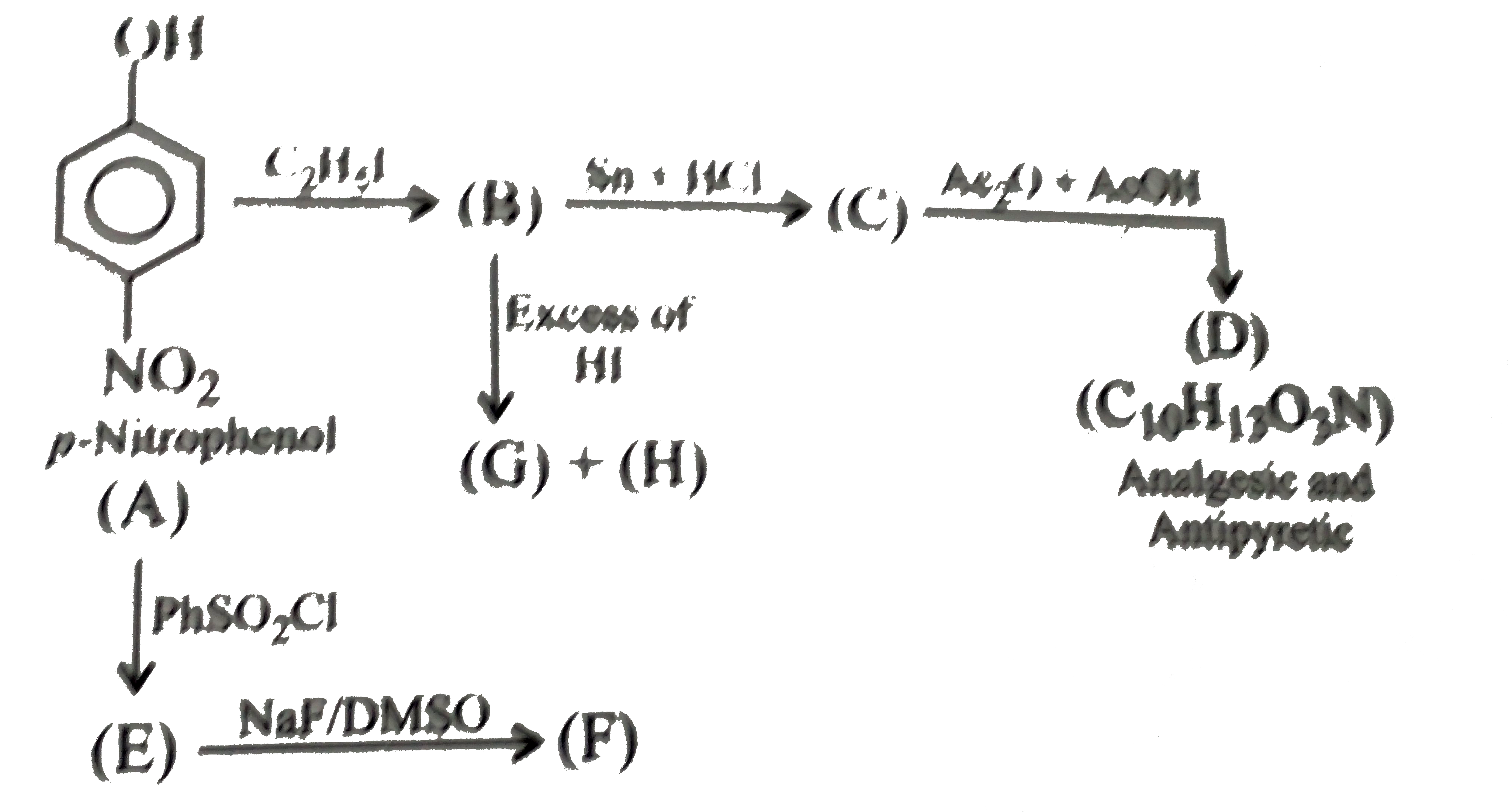
The compound (E ) is:
View Solution
